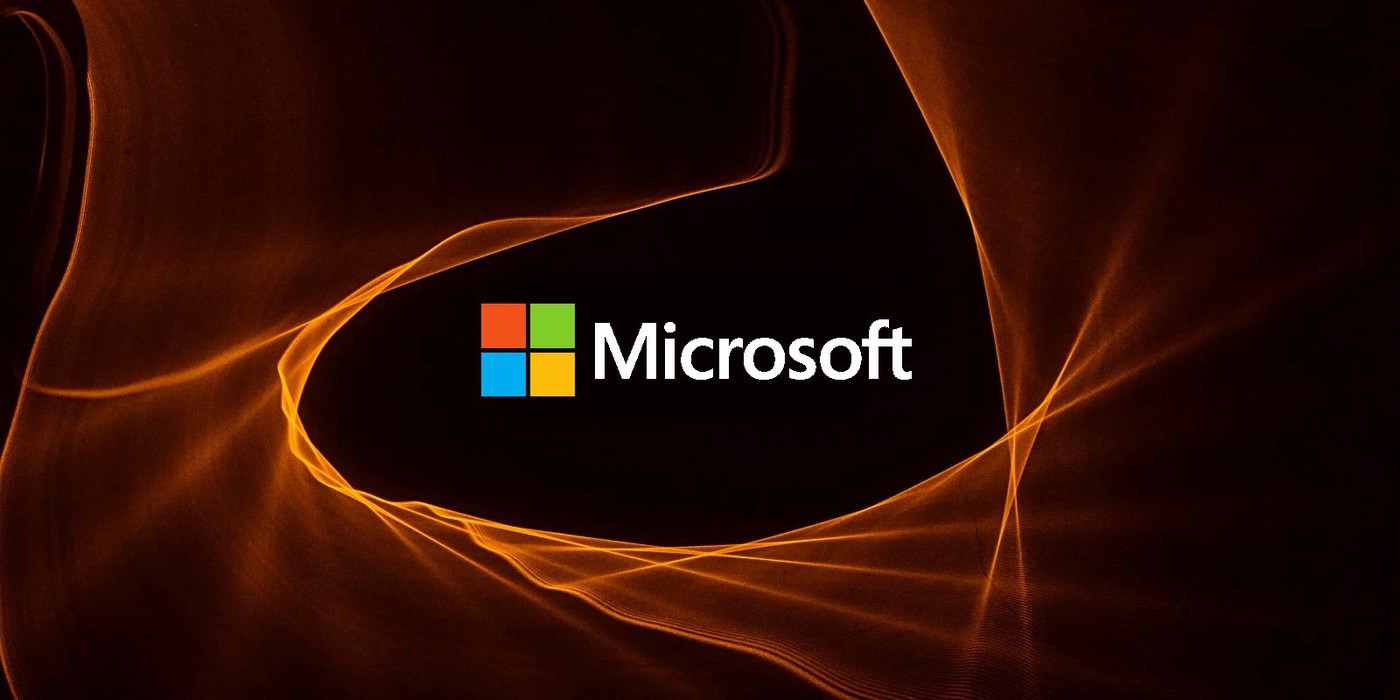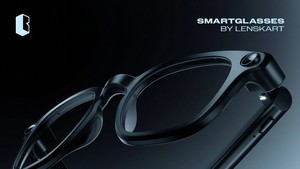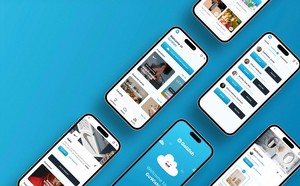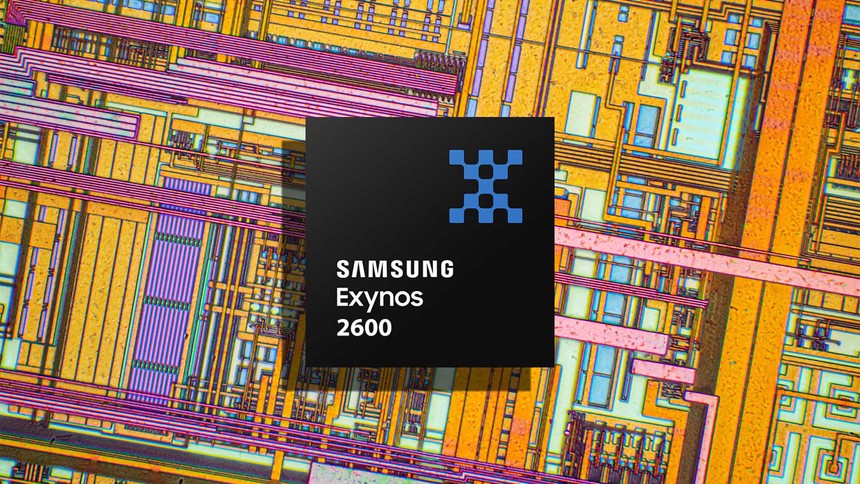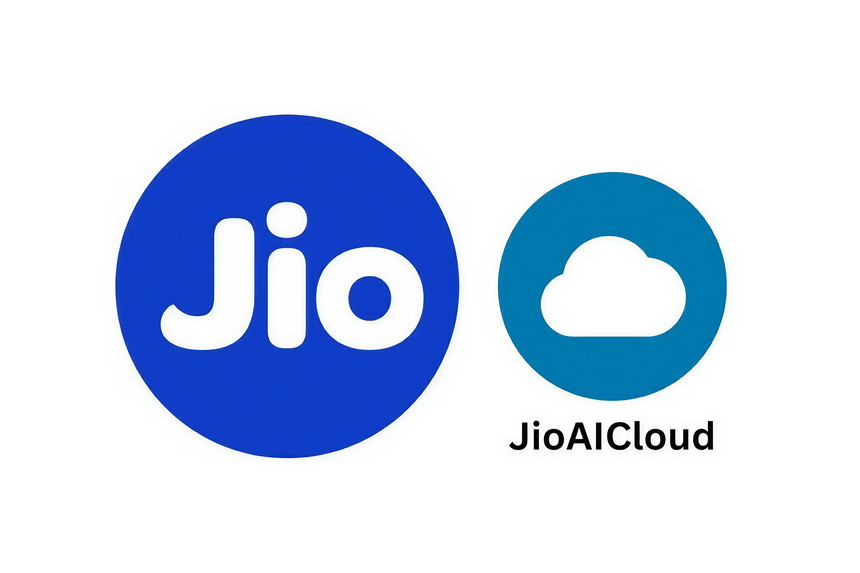Microsoft has entered the AI image generation race with the launch of MAI Image 1, its first in-house artificial intelligence model designed for creative image generation. Announced through a company blog post on Monday, MAI Image 1 marks a major milestone under the Microsoft AI initiative and will soon be integrated into Copilot and Bing Image Creator.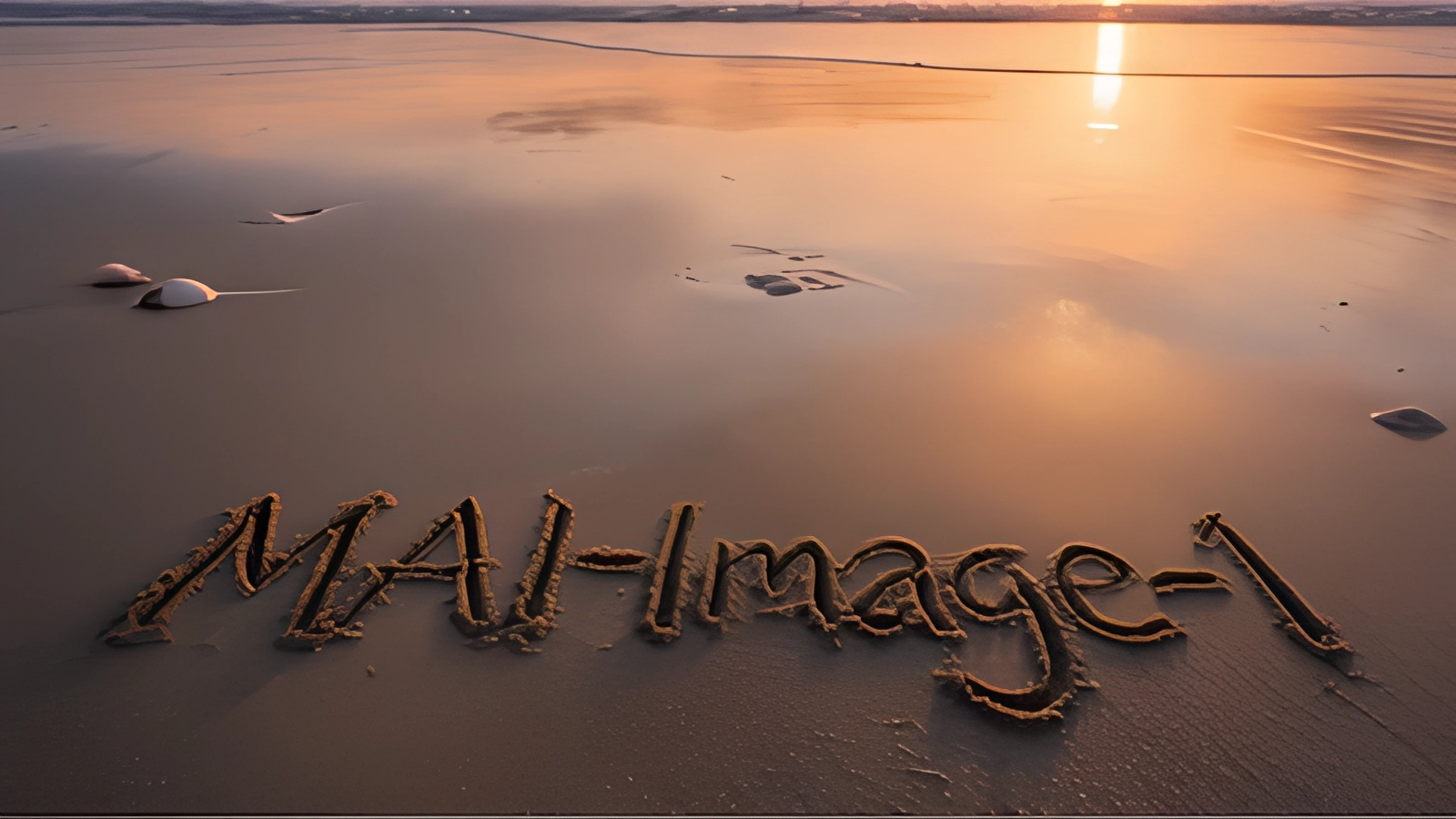
The model debuted on the LMArena leaderboard, securing a spot among the top ten text-to-image systems. With its strong early performance, Microsoft is signaling a serious challenge to rivals like Google’s Gemini Nano Banana, which currently leads the field in compact generative models.
A Purpose-Built Model for Real-World Creativity
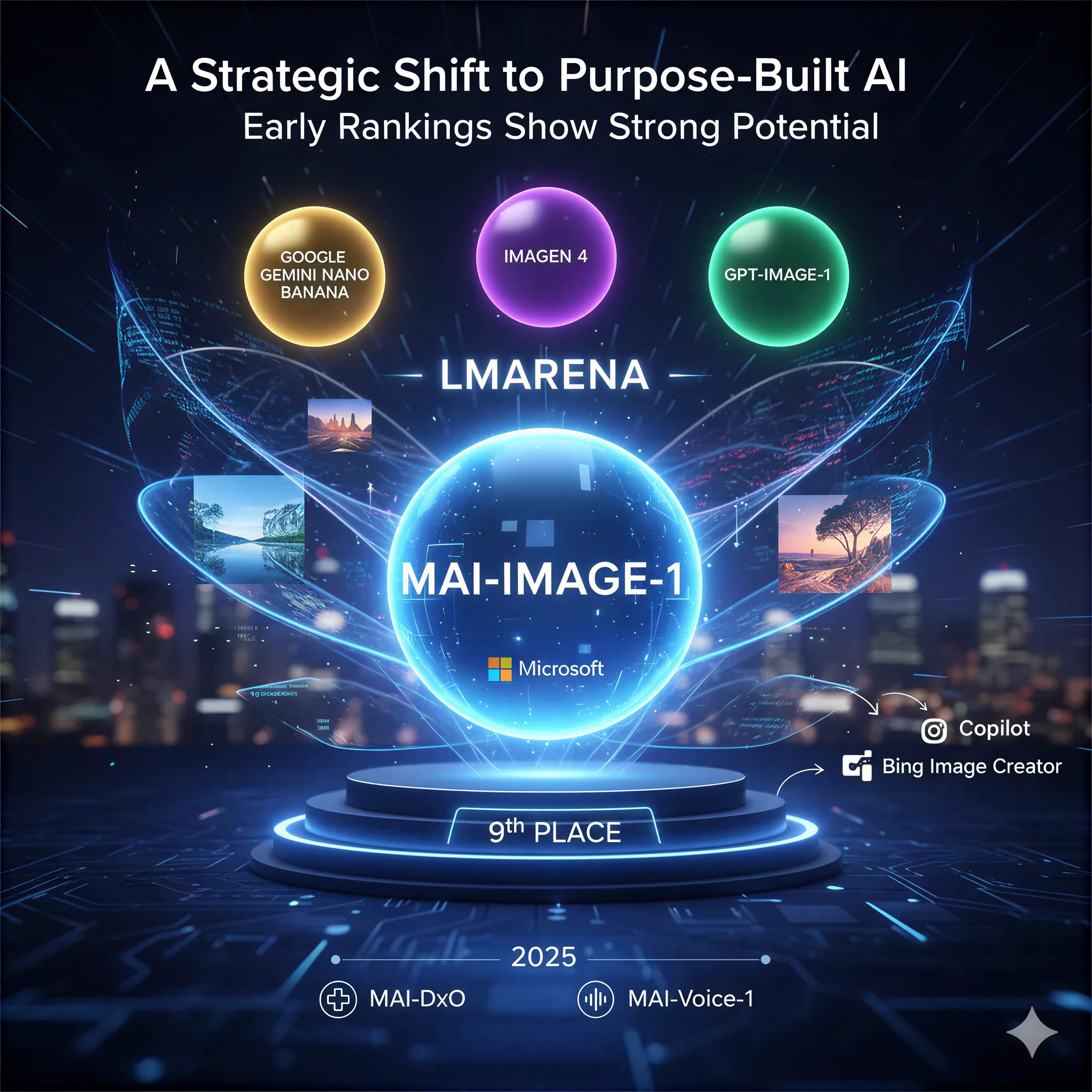
Microsoft described MAI Image 1 as a purpose-built AI, designed to generate photorealistic and emotionally engaging visuals. Unlike general-purpose models, it focuses on solving real-world creative challenges across Microsoft’s ecosystem. The model represents the company’s latest step in building specialized AI tools that go beyond experimentation to power practical, everyday user experiences.
The development of MAI Image 1 follows a series of focused AI launches this year. Earlier in 2025, Microsoft introduced MAI DxO, an AI system for medical diagnostics, and MAI Voice 1, a voice generation model known for producing expressive, human-like speech. Together, these models showcase Microsoft’s strategy to develop a portfolio of domain-specific AI systems tailored for individual industries and creative workflows.
Strong Debut and Creative Capabilities
MAI Image 1 entered the LMArena rankings in ninth place during pre-release testing, reflecting promising results across multiple image quality benchmarks. The model has been praised for its ability to handle complex lighting, intricate textures, and dynamic compositions with impressive accuracy.
While Microsoft has not yet revealed detailed technical specifications, the company emphasized that the model delivers both speed and quality, outperforming larger models that often struggle with processing times. Creative professionals who tested early versions noted improvements in realism and adaptability, especially when generating landscapes, portraits, and conceptual art.
Collaboration and Data Ethics
Microsoft revealed that the development of MAI Image 1 involved collaboration with artists, designers, and creative professionals across different industries. The feedback collected during testing was used to refine image balance, color tone, and contextual accuracy. The company also stated that it curated a carefully sourced dataset for training, ensuring high ethical and quality standards in line with its broader Responsible AI principles.
Integration Into Copilot and Bing Image Creator
MAI Image 1 will soon power visual generation across Microsoft’s ecosystem, beginning with Copilot and Bing Image Creator. This integration aims to provide users—whether professionals or casual creators—with faster, more intuitive ways to produce visuals directly within their workflow.
The company believes this step could redefine how users interact with AI-driven creativity, blurring the boundaries between text prompts and high-quality image output.
Looking Ahead
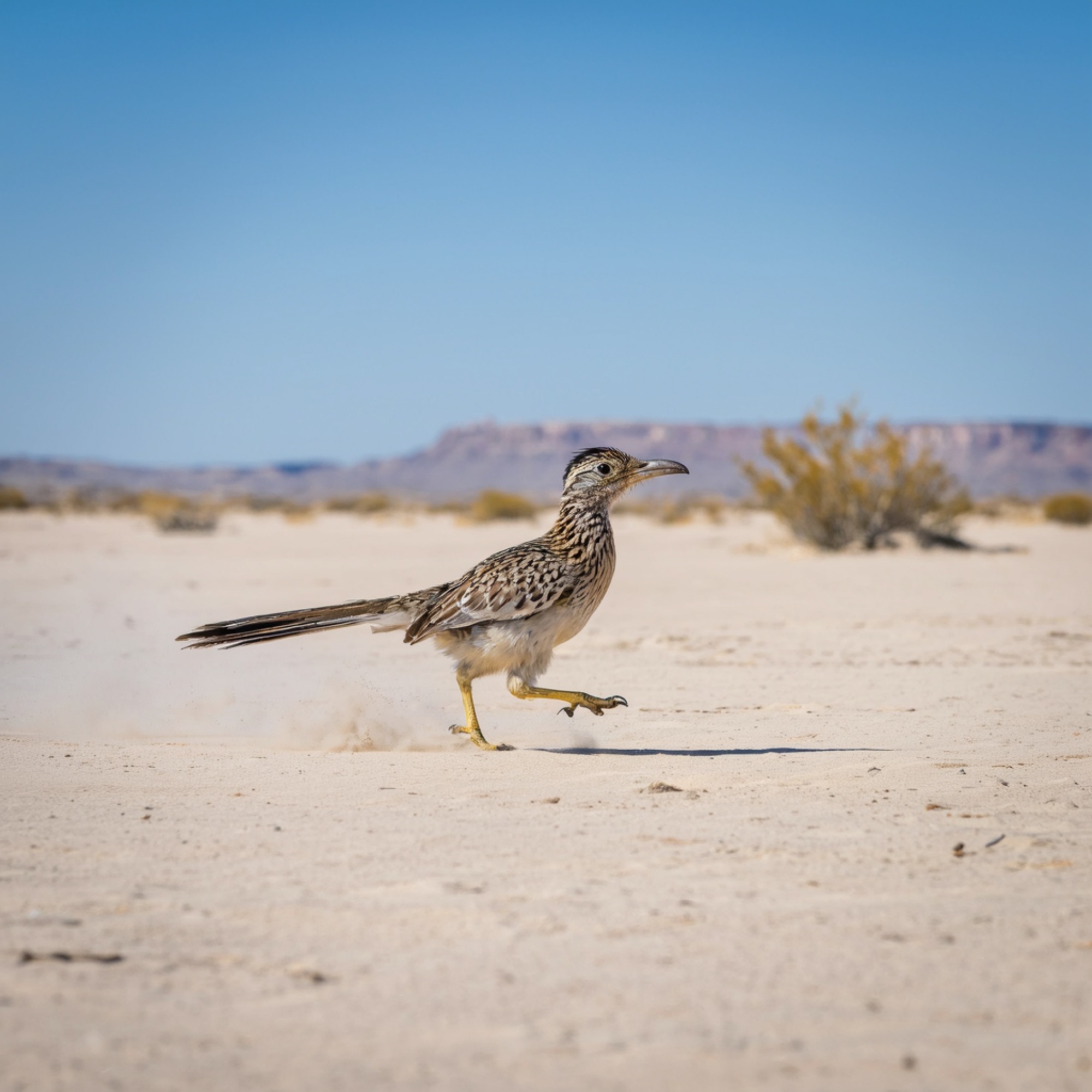
With MAI Image 1, Microsoft officially joins the race of AI image generation alongside major players such as Google, OpenAI, and Adobe. The upcoming integration within its products hints at broader accessibility, potentially giving millions of users hands-on experience with Microsoft’s creative AI.
While it remains to be seen if MAI Image 1 can outperform established models like Gemini Nano Banana or GPT Image 1, its debut underscores Microsoft’s intent to compete aggressively in the generative AI market. The company has made it clear that its long-term vision is to empower creators through AI that is fast, ethical, and visually compelling.
Follow Tech Moves on Instagram and Facebook for the latest updates on AI breakthroughs, tech innovations, and digital creativity trends from around the world.


